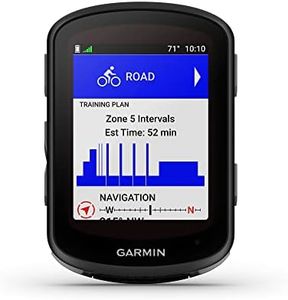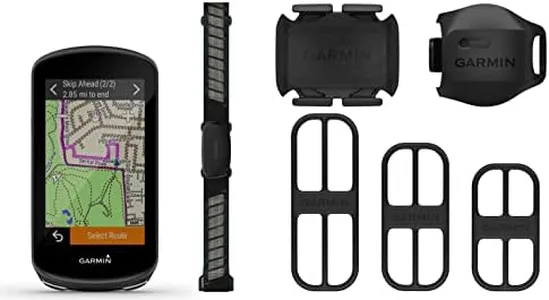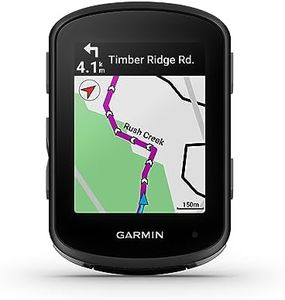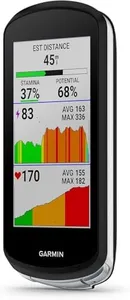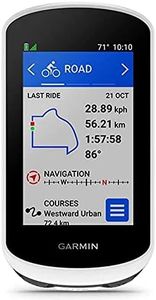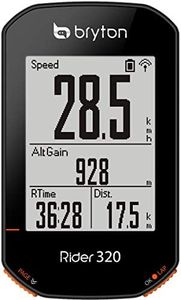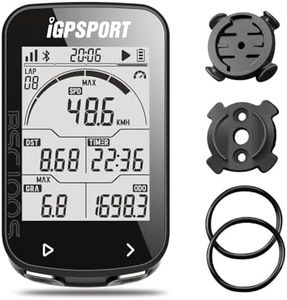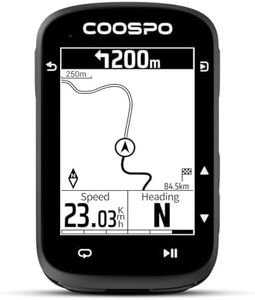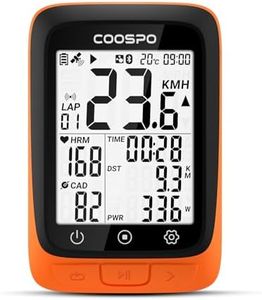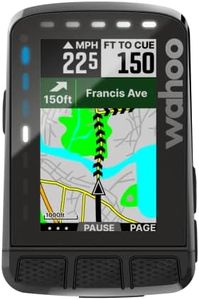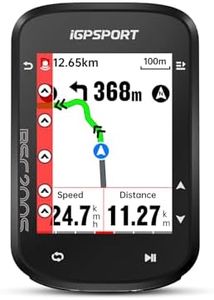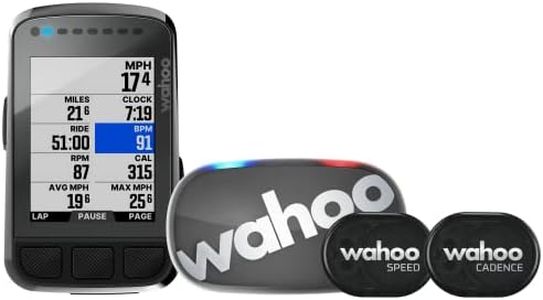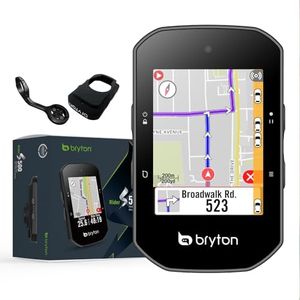We Use CookiesWe use cookies to enhance the security, performance,
functionality and for analytical and promotional activities. By continuing to browse this site you
are agreeing to our privacy policy
10 Best Bicycle Computers
From leading brands and best sellers available on the web.By clicking on a link to a third party's website, log data is shared with that third party.
Buying Guide for the Best Bicycle Computers
Choosing the right bicycle computer is all about matching its features to the way you ride and the kind of information you want to track. Think about how involved you want your ride tracking to be: do you just want the basics like speed and distance, or do you crave detailed maps, performance insights, and connectivity? Before shopping, consider your typical rides—commutes, workouts, or adventures—and reflect on which data would be genuinely useful to you. A well-chosen bicycle computer can motivate you, help you train smarter, and even keep you safer.Display Type and SizeThe display of a bicycle computer determines how easily you can read your data on the go. Basic computers have small monochrome screens that show only numbers, perfect if you want just the essentials and prefer simplicity. Larger or color screens, found on more advanced models, can show maps, graphs, and more metrics at once. If you ride in all weather or at night, consider models with good backlighting or crisp displays. The right display depends on how much info you want to glance at and how often you’ll be riding under challenging lighting conditions.
Function Tracking CapabilitiesThis specification refers to the types of data your computer can record, such as speed, distance, time, cadence (pedal rate), heart rate, power output, and even altitude. Basic models stick to speed and distance, which is enough for general fitness and commuting. Intermediate options add cadence or heart rate for training. Advanced devices can connect to sensors for power and track elevation changes—these appeal more to competitive cyclists or enthusiasts who analyze their performance closely. Decide which stats truly matter for your riding goals and pick accordingly.
Navigation and GPSSome bicycle computers have GPS navigation so you can follow routes and see your way on a map, while others simply track your path for later viewing. For those who like exploring new areas or heading out on long rides, GPS navigation is invaluable, as it prevents wrong turns and helps with route planning. Simpler commuters or casual riders may not need navigation, and can choose computers that log distance without mapping. Think about whether you want to follow pre-set routes or just track where you've been.
ConnectivityConnectivity refers to how your bicycle computer interacts with other devices, such as smartphones, heart rate monitors, or cycling sensors. Basic models operate alone, but advanced computers use Bluetooth or ANT+ to pair with external sensors for richer data. Some also sync wirelessly with your phone to upload rides or get notifications. If you want to analyze data on your computer or share it online, look for models with solid connectivity. If you prefer simplicity and less tech, a standalone model might be fine.
Battery LifeBattery life determines how often you’ll need to recharge or replace batteries. Simple, non-GPS units can run for months on a coin cell, making them very low-maintenance. GPS models, especially with big color screens and lots of features, may need charging every ride or every few rides. Short rides and infrequent use may not make battery life too important, but for long adventures or bikepacking trips, longer life can make a big difference. Match the battery specs with the duration and type of rides you expect.
Mounting Options and DurabilityThe way the computer attaches to your bike, and its ability to withstand weather and rough conditions, are important practical considerations. Simple computers often use a basic handlebar mount, while others offer flexible placement options. Weatherproofing is key if you ride rain or shine; water-resistant models last longer. If you plan a lot of off-road or rugged riding, look for computers marketed as shockproof or rugged. Choose based on how and where you ride, and how easy you want it to be to move your computer between bikes.
